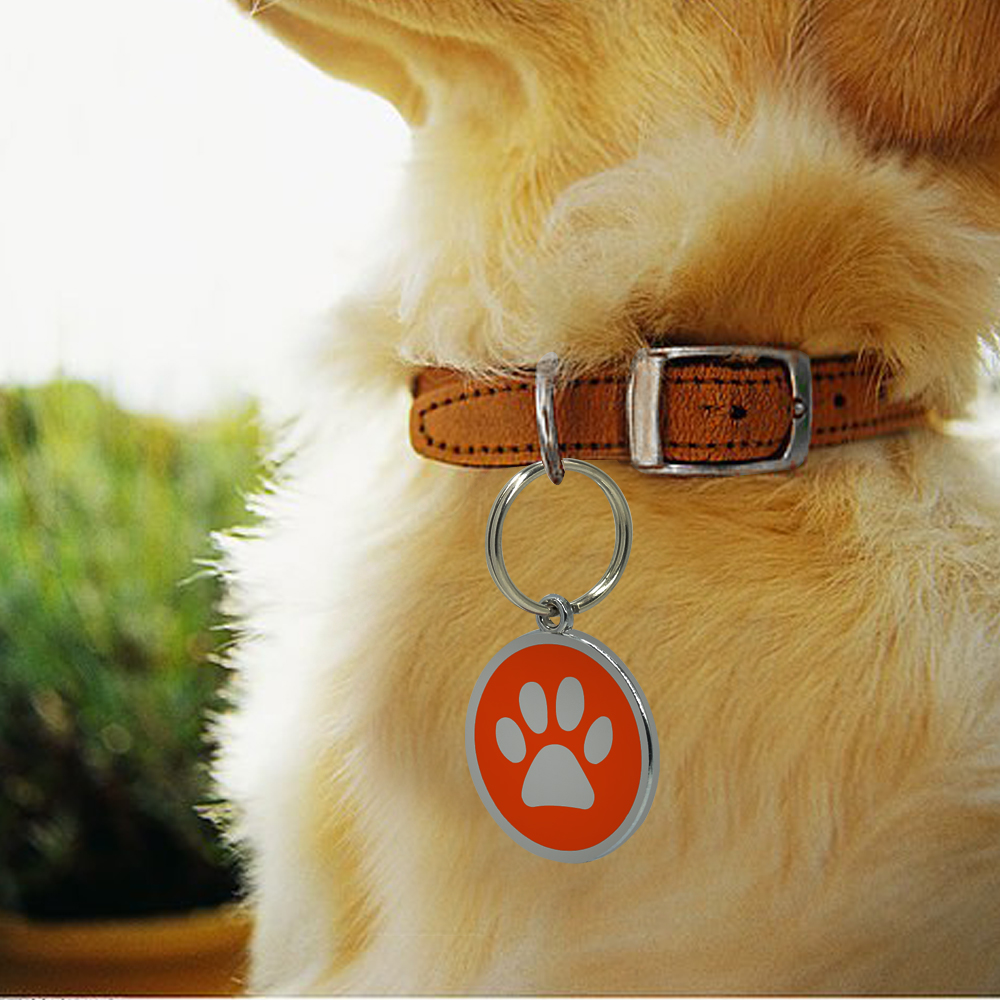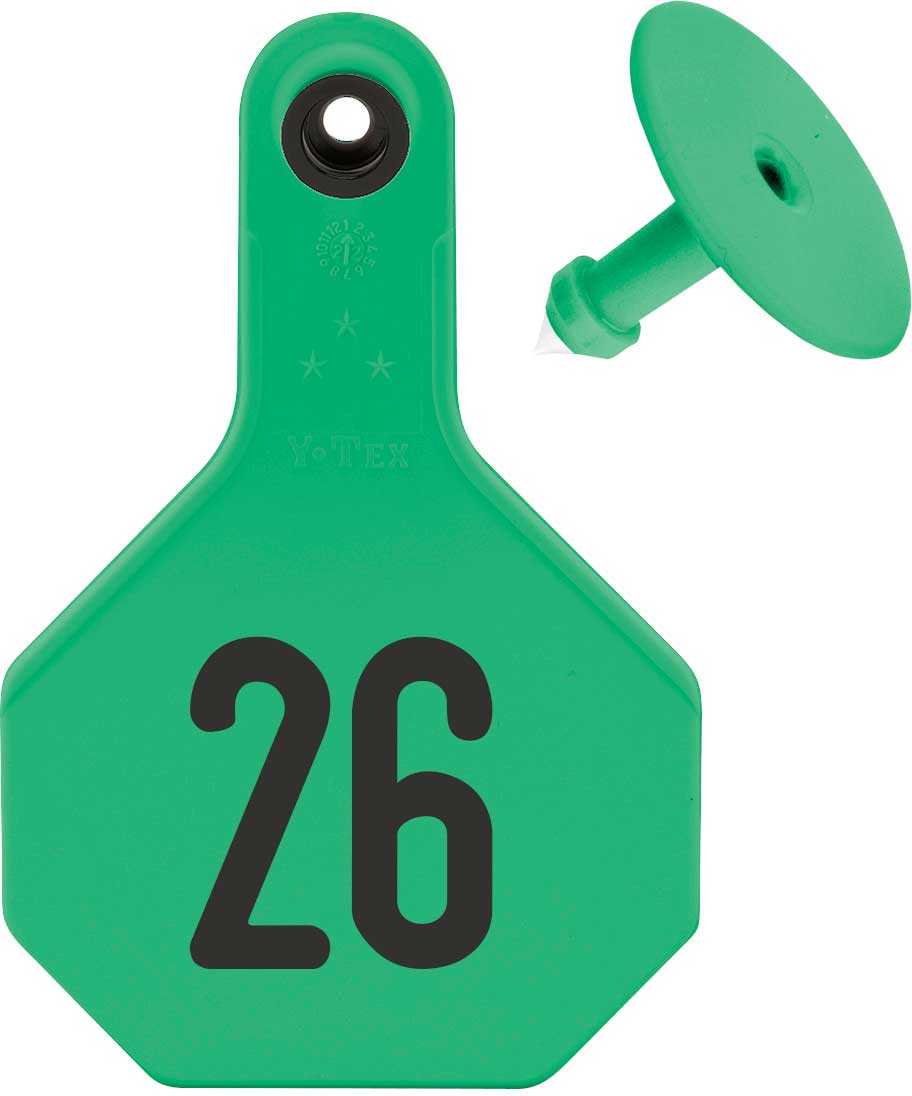


It is illegal in many countries, such as the U.K., U.S., Canada and Australia, for dogs to be walked in public without an ID tag on their collar. Without this flexibility, a lost or broken phone could reduce the chances of an owner seeing their pet again. This feature means details can also be temporarily changed - to a pet-sitter’s for example - when the owners are elsewhere. Digital tags are also more flexible, as owners can change the details online. This can store multiple emergency contact numbers in one place, to ensure that the person who has found your pet will get through to someone. When the collar tag is scanned, the phone screen will display the animal’s profile.
PET ID TAGS CODE
As long as the person who finds the missing animal has a smartphone and access to the internet, when they scan the QR code, they will get instant access to this helpful information.Ī QR code is a ‘Quick Response’ code. Using QR codes means that more details about a pet - such as contact details, medical information and photographs - can be stored in a small space on the ID tag, according to pet ID providers PetHub (opens in new tab). Related: Are air purifiers safe for pets? Today, many people carry their phones with them everywhere, so reporting sightings of animals that appear lost is quicker and easier than it ever has been. These smart tags need to be scanned by a smartphone camera. Some pet collars display a QR code instead of a written, or engraved, contact number. These smart tags vary in range, but some can provide digital information about an animal's whereabouts and live tracking details as soon as a pet is lost, according to the pet database World Pet Network (opens in new tab). But for those wanting to take a more active role in the search, tracking tags prevent owners from having to helplessly wait for news.

Keeping your pet’s name and your contact information secured to your pet’s collar enables others to inform you of your animal’s whereabouts.


 0 kommentar(er)
0 kommentar(er)
